What is the ‘diesel discount’ and does it matter?
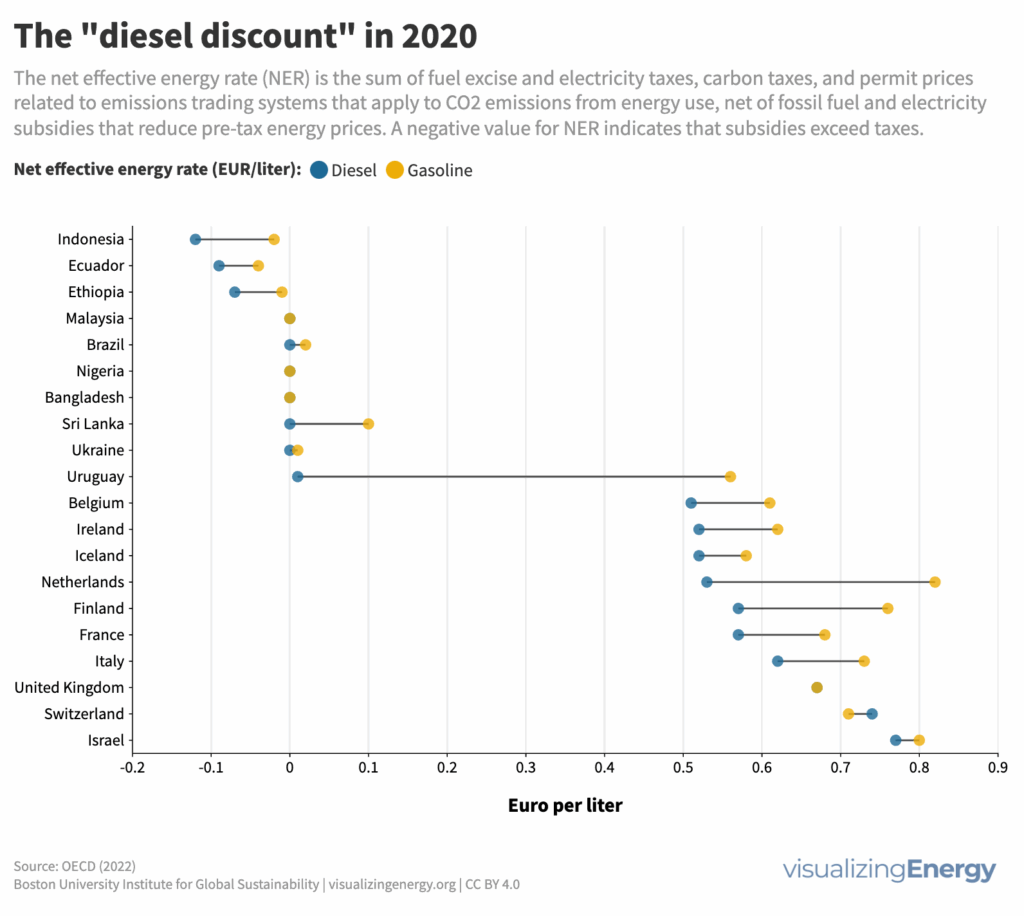
Road transport relies heavily on gasoline and diesel, influenced by government policies that often favor diesel for its efficiency. However, diesel produces more pollution, and the tax revenues it generates complicate change. The debate now centers on speeding up the transition to electric transportation to combat greenhouse gas emissions while balancing historical preferences with environmental concerns.
Does more energy use lead to greater life satisfaction?

While higher incomes generally lead to greater life satisfaction, it’s not a guarantee. People in countries with high life satisfaction tend to use more energy, which can enhance comfort and mobility. Modest increases in energy use can significantly improve life satisfaction, but there are diminishing returns at higher levels.
What do public expenditures say about a country’s energy priorities?
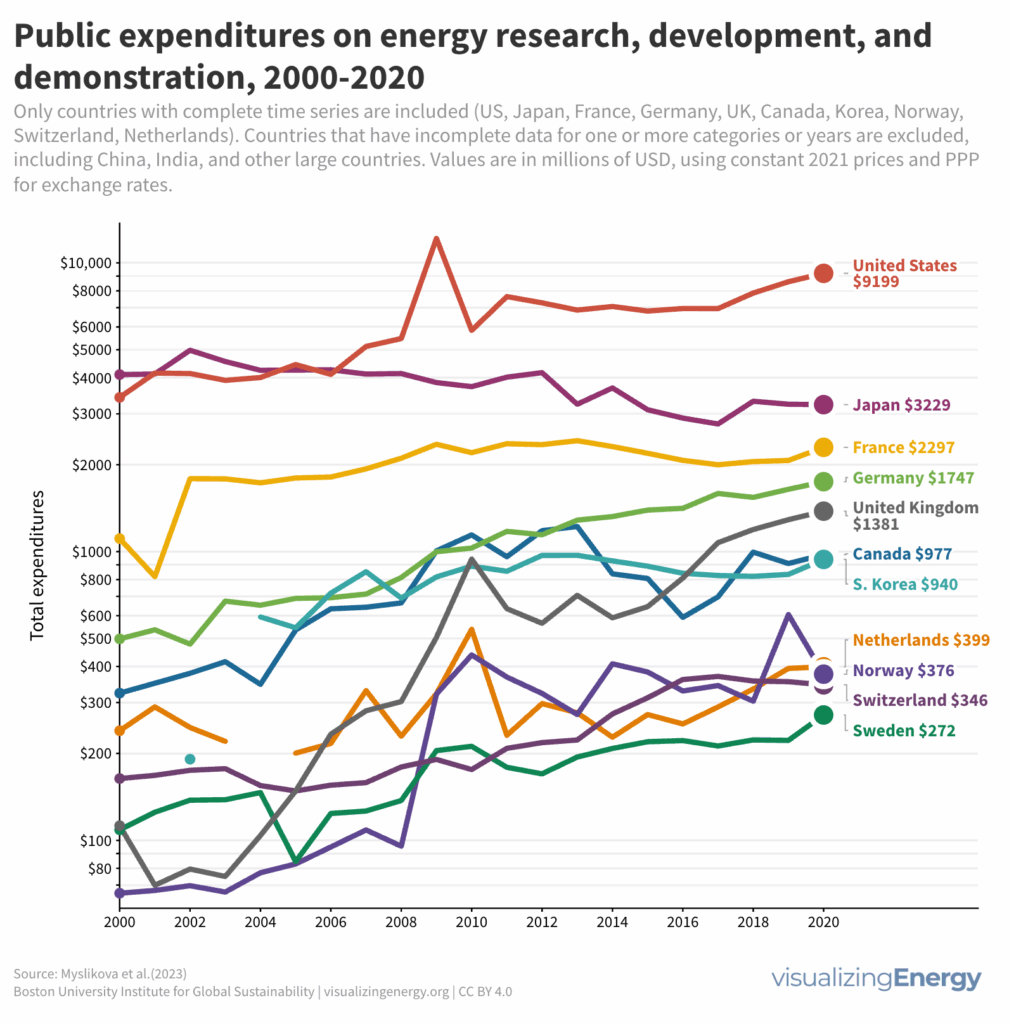
The world energy system is experiencing seismic shifts, with a rapid expansion of low-carbon fuels and energy efficiency. However, fossil fuels still dominate investments despite the need to reduce greenhouse gas emissions. Different countries prioritize energy RD&D in diverse ways, and state-owned enterprises play a significant role.
Bitcoin’s energy and carbon footprint
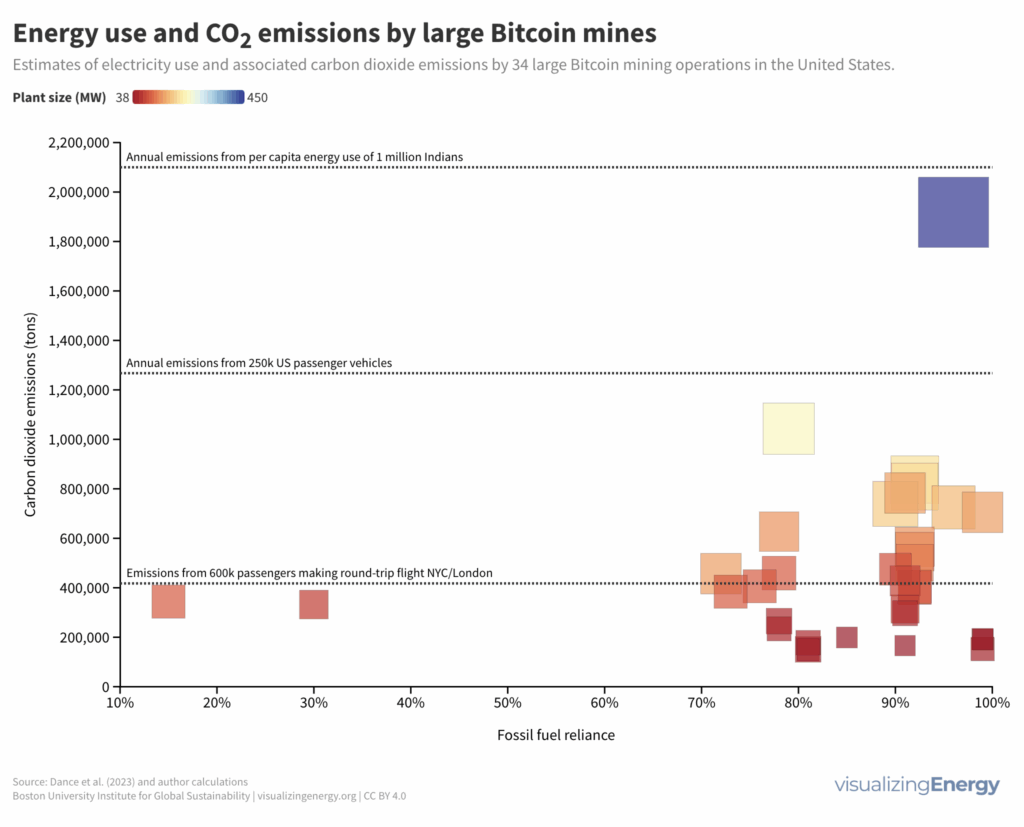
Cryptocurrencies like Bitcoin rely on blockchain technology and crypto mining, which consume massive amounts of electricity and have significant carbon footprints. The lack of transparency and regulation in the industry raises concerns about the economic, social, and environmental costs associated with crypto mines.
Is U.S. Department of Energy spending aligned with the nation’s needs?

The United States government has a long history of supporting energy-related research and development (RD&D). However, federal support for civilian energy RD&D has declined significantly since the creation of the Department of Energy (DOE). Recent spending decisions prioritize fossil fuels over clean energy, hindering efforts to address the carbon problem and decarbonize our society.
What is the status of women in the global solar PV industry?
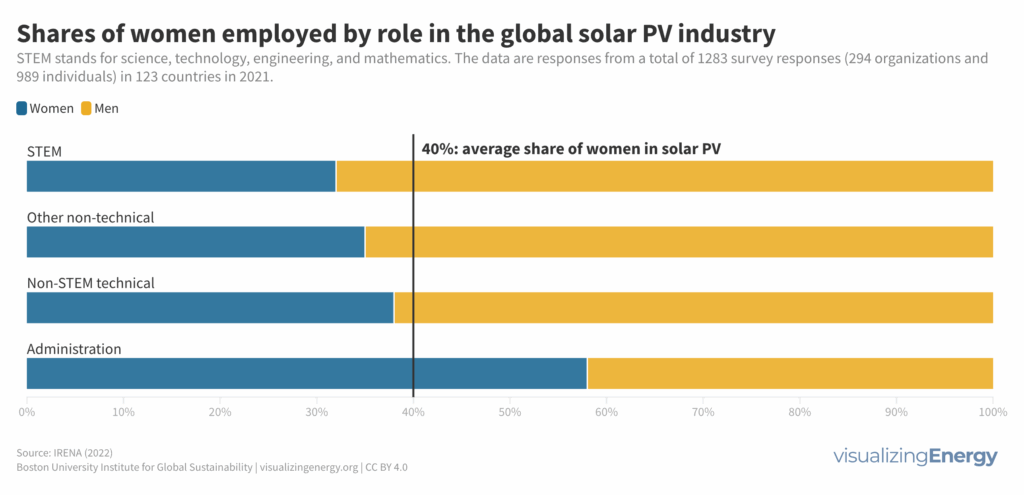
Women represent 40% of the global solar photovoltaic (PV) workforce, double the share in the wind industry and oil and gas sector. However, they are mainly in administrative and non-STEM technical positions, with underrepresentation in STEM and senior management roles. Gender bias and barriers to recruitment, advancement, and work-life balance exist in the industry, with women reporting higher perception of pay gaps and barriers.
What is the status of women in the global wind energy industry?

The global wind energy industry has seen substantial growth, but women make up only 21% of its workforce, lagging behind other renewable energy sectors. Barriers to gender equity include cultural norms, limited awareness of opportunities, and lack of support policies. Companies can promote change by prioritizing fairness, transparency, and work-life balance.
What is the relationship between energy use and level of education?

Energy is essential for education, enabling longer study hours, technological advancements, and improved outcomes. While access to education has improved globally, certain regions still face challenges. Increasing energy access, particularly electricity, positively impacts education.
What is the relationship between energy use and access to safe water?
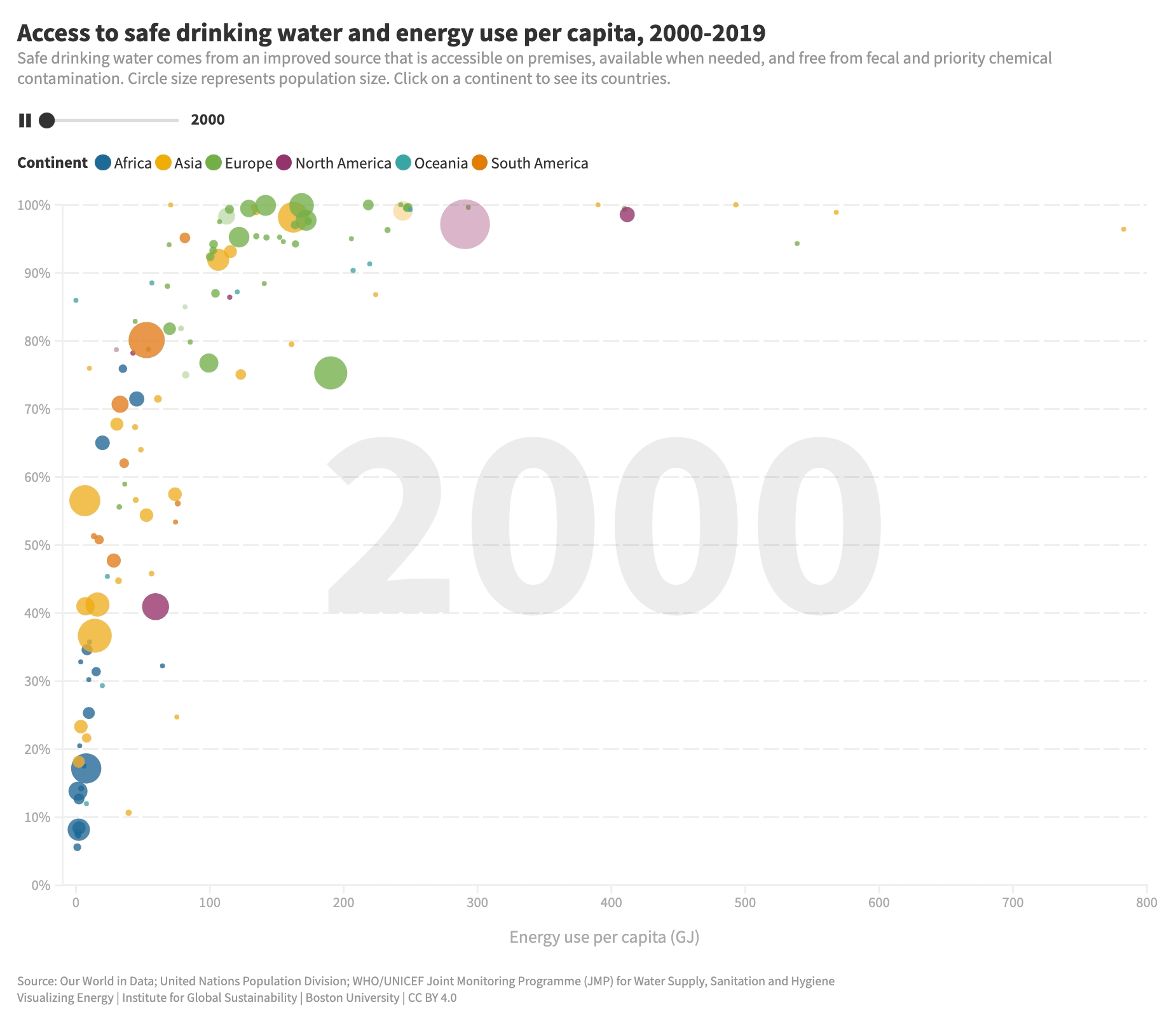
Access to safe water is vital for human well-being. While progress has been made, millions still lack basic water services. Energy plays a key role in expanding water access, powering machinery, pumps, and purification systems. Increasing energy use per capita improves access to clean water, but the impact diminishes at higher energy levels.
Will the Inflation Reduction Act enable the United States to meet its climate targets?
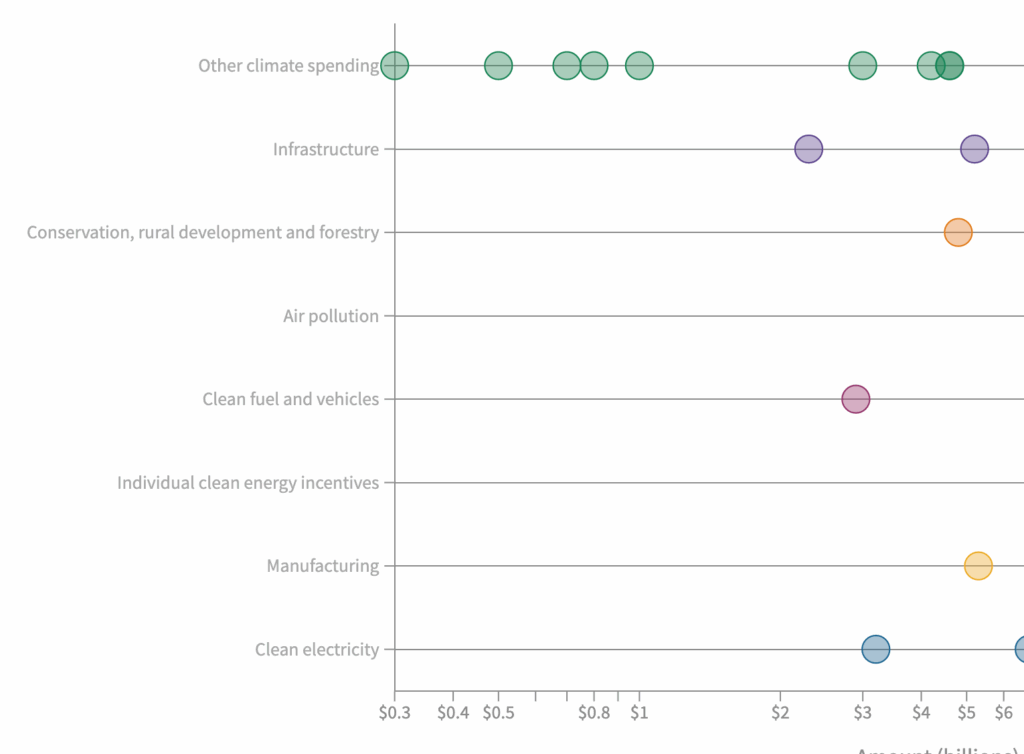
The Inflation Reduction Act (IRA) is the largest-ever federal program focused on energy and the environment, allocating $369 billion over a decade. With a laser focus on climate change, the IRA aims to cut greenhouse gas emissions, promote clean energy, and enhance climate resilience. Its provisions have the potential to create jobs, lower electricity costs, and significantly contribute to meeting the US climate targets.
